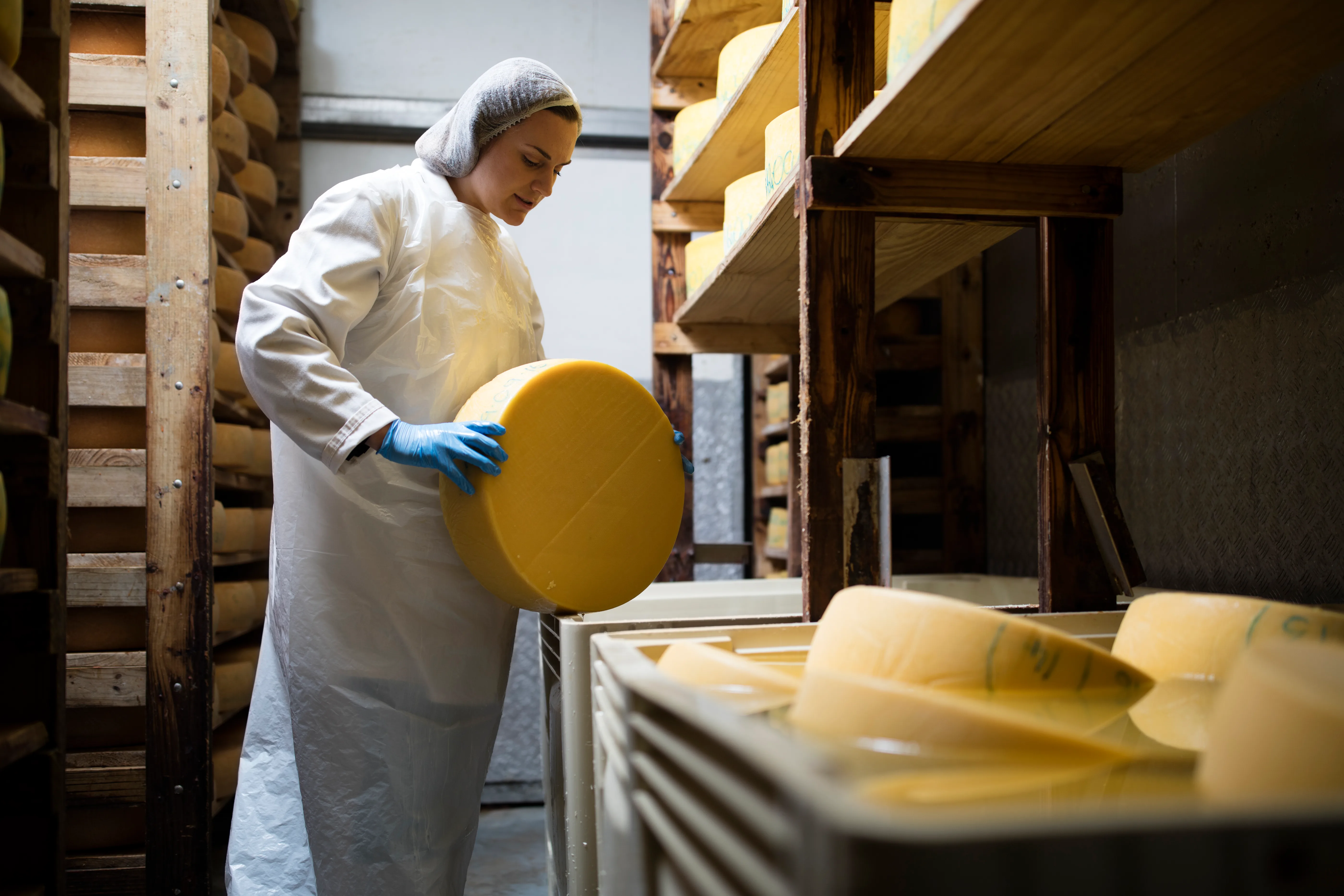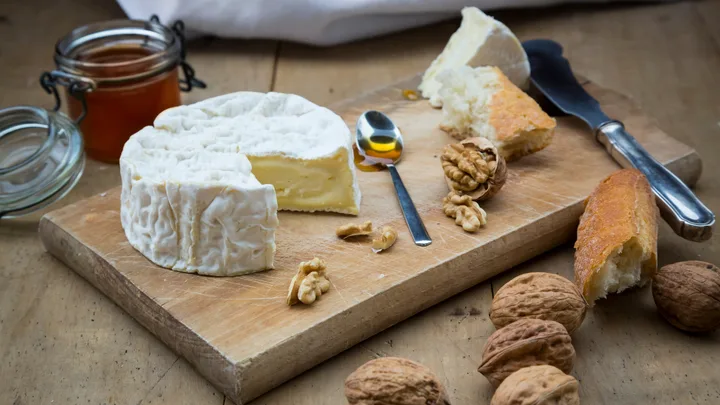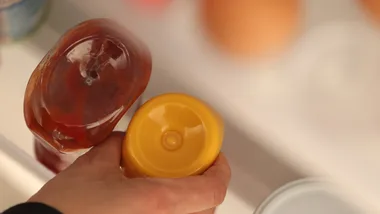Could you imagine a world without camembert or brie? Well according to the The French Centre for Scientific Research, we may soon have to.
A recent report from the institute has revealed that the bacteria required to make brie and camembert – Penicillium camemberti – could be going extinct. This means your crackers could be looking for a new buddy on your charcuterie board if a solution isn’t found soon.
Essentially, since the very late 1800s, the French have resorted to using a single strain of bacteria for their camembert and brie cheeses – Penicillium camemberti.
This particular strain was favoured by French cheese makers as it gives camembert and brie its signature pure white rind. This is opposed to other bacterias which left the cheeses with an unsightly grey, green or in some cases orange-tinged moulds on the rind.

“It is now very difficult for the entire industry to obtain enough spores to inoculate their production,” the report explains.
The problem is that the Penicillium camemberti bacteria was replicated by vegetative propagation only. This means that unlike certain plants that replicate through seedlings, this bacteria can only be replicated using ‘copies’ of itself.
“We’ve been able to domesticate these invisible organisms just as we did with dogs or cabbage,” explains Jeanne Ropars, a researcher at Paris-Saclay University.
“But what happened, as it does every time an organism large or small is subjected to overly drastic selection, is that their genetic diversity has been greatly reduced. Working with microorganisms, the cheese makers didn’t realise that they had selected a single individual, which is not sustainable over the long term.”
So what does this mean? Well, essentially, after generations of use, the cheese industry in France is struggling to get enough supply of P. camemberti and fulfil camembert and brie demands.

“Blue cheeses may be under threat, but the situation is much worse for Camembert, which is already on the verge of extinction,” the report added.
Never fear cheese-lovers, there was a glimmering light of hope at the end of the tunnel. According to the report, a genetically similar bacteria called Penicillium biforme could be the saviour to France’s impending camembert and brie issue.
This particular bacteria is naturally present in raw milk, and, according to the report, “possesses an incredible genetic and phenotypic diversity.” However, this new bacteria may change the taste, texture and appearance of these beloved cheeses.
“If cheese lovers want to keep enjoying these products, they will have to learn to appreciate greater diversity in flavour, colour and texture, perhaps even among cheeses from a single source.”
If you camem-barely believe that camembert and bri are going extinct and need your cheese fix, check out The Weekly‘s extensive list of camembert recipes.



